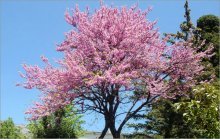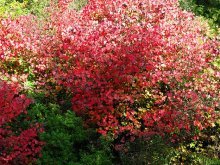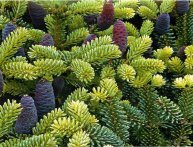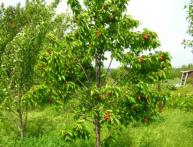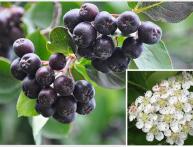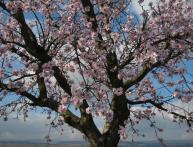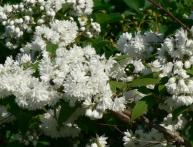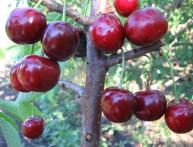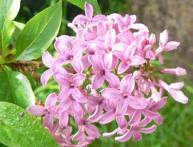Amazing plant Japanese crimson
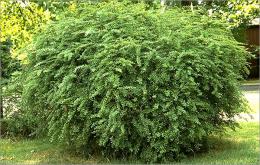
Purple is a deciduous tree that is mainly popular in China and Japan. This is a tree that amazes with its beauty and has been one of the main decorations of garden plots for a long time.
People who want to decorate their garden not only with fruitful trees, but also with plants that would become a bright highlight of their landscape design, choose Japanese crimson.
Content:
Description of the species
Japanese crimson is a tree that is no different large sizes. Its maximum height reaches 5-7 meters, the crown has an ovoid type. When young, this tree can resemble a large shrub due to the presence of several trunks.
A characteristic feature of crimson is the unusual shape of the leaves. As a rule, they are heart-shaped or oval-shaped, with small veins of a contrasting shade along the edges of each leaf. The Japanese crimson plant has a special beauty, which begins to bloom in the spring, when small fresh leaves with a purple-pink tint just begin to bloom from the buds.
As the foliage grows and develops, it changes its color somewhat, and the pink leaves gradually turn into a blue-green color scheme. The petioles do not change their color and remain the same bright pink for a long time.
Features of caring for Japanese scarlet
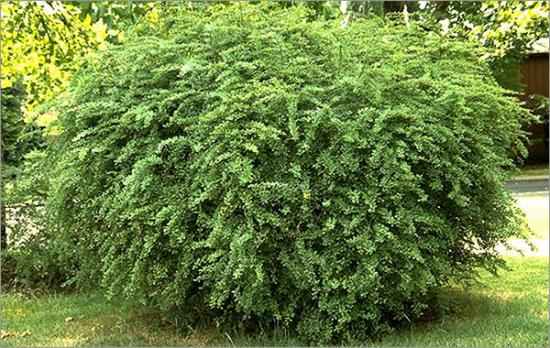
Despite the fact that the birthplace of this tree is warm Japanese climate, the tree showed good results in central Russia. Crimson can even survive several winterings. But when planting a tree, it is worth remembering that the ideal climatic zone for crimson is the subtropics, therefore, in the first months of its life, the tree must be especially carefully cared for.
In the summer, the main thing is to prevent the soil from being dry. The crimson tree loves moist soil, so in dry weather the tree should be watered as the soil dries out, several times a week. It is best that the tree does not grow in direct sunlight, as it can cause serious burns to young seedlings. The best option is to give preference to partial shade.
Soil for a tree you need to choose a fertile one that has optimal slightly acidic acidity - this is an almost neutral indicator of acidity. It is precisely because the favorable environment for the tree is almost neutral soil that the scarlet has such a rich leaf color.
Plant propagation
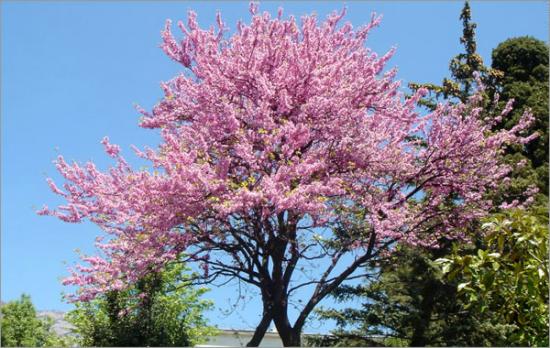
Reproduction of Japanese scarlet occurs cutting method. The reproduction process is not much different from other trees. The average length of the cuttings is from 12 to 15 cm; they must be cut between the end of June and mid-July. The rooting process is best done in a greenhouse with an ambient temperature of 22–25 C and a high level of humidity.
In second place in popularity and effectiveness is the method of tree propagation using seeds. Seeds that are already ripe must be collected in September or October.For the winter, you need to sow the seeds in cold soil, or in a box with soil, which is then placed in a dark and cool place. This is the most favorable environment for the “wintering” of scarlet seeds.
It is worth noting that young seedlings are characterized by a high level of sensitivity to drought, so the condition of the soil must be monitored especially carefully in the first stages of growth. Even a few hours spent in dry soil can negatively affect the future development of the tree.
In spring and summer, it is recommended to additionally feed the crimson soil using mineral fertilizers such as:
- nitrogen fertilizers, in a volume of 10 grams
- phosphorus-based fertilizers, 15 grams
- potassium-based fertilizers in the amount of 20 grams
Everything is done per square meter. In general, the development of crimson occurs in a fairly short time. Therefore, if all favorable conditions are created for the scarlet, then in the first few months of its life in open ground, its height can be up to 40 cm. In mid-September, after the first year of life, it is recommended to plant seedlings at a distance of 12-20 centimeters from each other.
Despite its beauty, Japanese scarlet is quite rarely found in the gardens of Russian residents. This is primarily due to the lack of information regarding this plant. In addition, today seedlings can only be purchased in some large and well-known nurseries, since these species are imported from Holland, Poland and Germany.
However, the development of this particular tree is beginning to slowly gain momentum, and perhaps soon it will be possible to see this plant as a decoration for the landscape design of a garden or country house.
Video about a close relative of the Japanese scarlet - the European variety:
Interesting information about the vegetable garden

